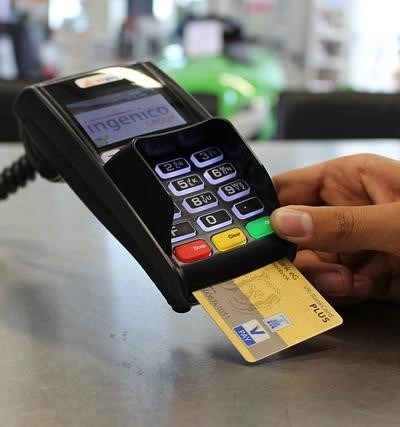
Let’s delve into the complexities of non-VBV (Verified by Visa) credit cards and the heightened cybersecurity challenges they present․ As experts, we must understand the increased risk profile these cards introduce․
Non-VBV cards, including prepaid cards and some virtual credit cards, often lack the robust authentication layers of VBV․ This absence significantly increases vulnerability to financial fraud and data breaches․ Without the added security of VBV, these cards become prime targets for malicious actors․
Card security in this context hinges on strong risk management strategies․ We need proactive measures like vulnerability assessment and penetration testing to identify weaknesses․ Encryption and tokenization are crucial for protecting cardholder data during transmission and storage․
Authentication and authorization processes require careful consideration․ While two-factor authentication and even biometric authentication can improve security, the implementation needs to be robust and user-friendly․ Effective fraud detection systems, capable of identifying suspicious transactions in real-time, are paramount․
The rise of online security threats, including sophisticated cybersecurity threats, demands a multi-layered approach․ Our focus should be on strengthening payment security across the entire ecosystem, from the card issuer to the merchant․
Remember, the absence of VBV doesn’t necessitate a lack of security․ By implementing advanced digital security measures and staying ahead of evolving threats, we can mitigate the risks associated with non-VBV credit cards․

